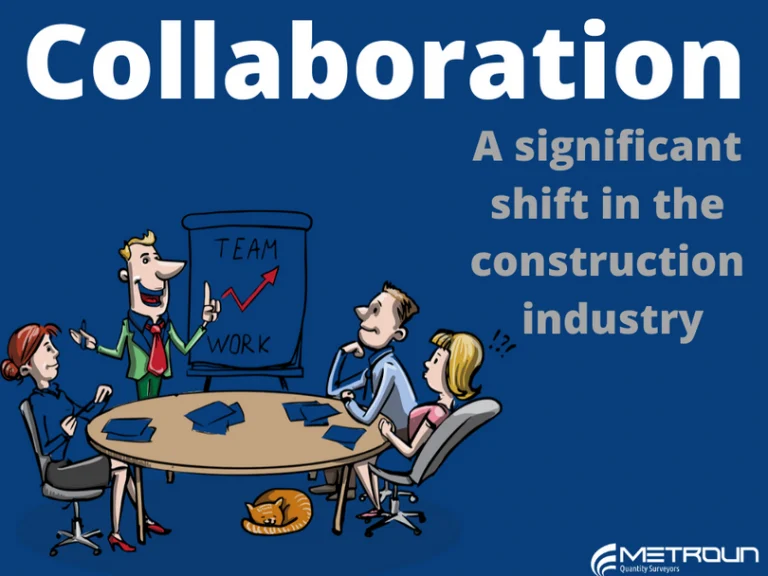The construction industry has been subject to notorious criticism when it comes to productivity and being behind other industries in terms of growth and profit margins. This has been attributed to a multitude of reasons over the years, leading to a proposed solution of making the construction industry more ‘collaborative’.

Throughout the 20th Century reports such as the Simon Report (1944) and the Banwell Reportpublished in 1964, documented extensively that open-tendering and traditional forms of procurement and contracts were wasteful to the industry, particularly in regards to the public sector. Banwell (1964) stated the construction industry had “rigid adherence to outmoded procedures” and showed an unwillingness to attempt different procurement methods. The literature around this subject appears to take the general consensus that these reports had a rather disappointing effect on the industry. However, in 1994 when the Latham Report was published, it seems the message of helping clients to “obtain high-quality projects to which they aspire… above all, needs teamwork”, the importance of collaboration within construction started to be seriously recognised. And indeed, a relatively recent study by Hughes et al. (2012), was able to provide evidence through a survey where it is possible to conclude the evolution of collaborative working is present and growing within the UK construction industry.

Bouchlaghem (2014) offers a definition of collaboration in terms of the construction industry, “collective work of individuals andgroups undertaken with a sense of common purpose and direction within a shared environment”. This way of working is becoming preferable over messy claims and disputes at final account stage as this can very often be wasteful for those involved and has been an inherent characteristic of more traditional ways of working. The Industry data reflects this and shows shifts away from traditional procurement routes (Tookey et al, 2001 & RICS, 2004) and collaborative practices are gaining greater prominence. This is reverberated with 64% of practitioners believing greater transparency will benefit the construction industry, thereby increasing trust and project success (CIOB, 2010).
Now, this is all well and good but as Hughes et al (2015) wrote, the traditional contracts that have been in use over the globe and within the UK to control such a large web of organisations and disciplines could not easily implement such radical and new behaviours. The solution to this is to write an entirely new contract altogether…
For more construction related articles and further information, please visit metroun.co.uk

Find out more on NEC contracts with our post on How to Manage Risk Effectively in Construction
References
Banwell, H. (1964), The Placing and Management of Contracts for Building and Civil Engineering Work, London: HMSO
Bouchlaghem, D. (2014). Collaborative working in construction. New York, NY, United States: Spons Architecture Price Book.
CIOB, (2010) Procurement in the Construction Industry, A report exploring procurement in the construction industry, United Kingdom
Hughes, D., Williams, T. and Ren, Z. (2012). Differing perspectives on collaboration in construction. Construction Innovation.
Hughes, W., Champion, R. and Murdoch, J. (2015) Construction contracts: Law and Management. 5th edn. London, United Kingdom: Routledge.
Latham Report (1994), Constructing the Team: Joint Review of Procurement and Contractual Arrangement in the United Kingdom Construction Industry. Chair Sire M. Latham. HMSO, London.
RICS (2004) Contracts in Use – A Survey of Building Contracts in Use During 2004, Royal Institution of Chartered Surveyors, Coventry.
Simon, E, (1944) The placing and Management of Building Contracts. The Simon Committee Report, London: HMSO.
Tookey, J, E., Murray, M., Hardcastle, C. and Langford, D. (2001) “Construction procurement routes: re‐defining the contours of construction procurement”, Engineering, Construction and Architectural Management.





